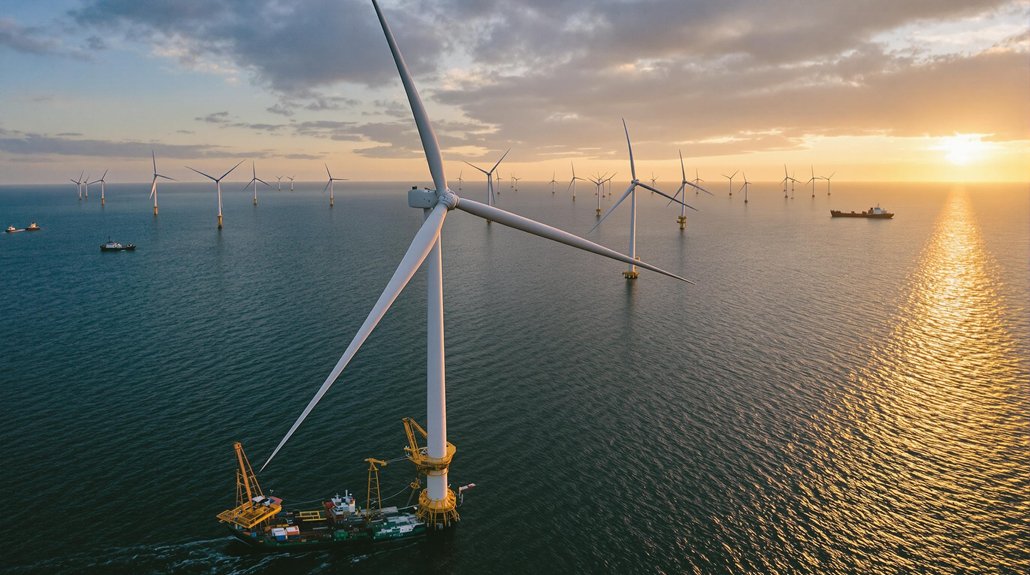Hawaiʻi Island has made a significant leap toward clean energy with its latest solar projects. The island now runs on nearly 59% renewable energy, thanks to Hale Kuawehi and Waikoloa Solar + Storage installations. These facilities provide over 72 megawatts of solar power and include substantial battery storage. They’re helping the state work toward its goal of 100% renewable energy by 2045. The question remains: how will these projects impact local energy prices and grid reliability?
The push toward clean energy is transforming Hawaiʻi Island‘s power landscape. With the recent addition of major solar-plus-storage projects, the island has taken a significant step toward achieving the state’s ambitious goal of 100% renewable energy by 2045. Currently, Hawaiian Electric reports a consolidated 36% renewable portfolio standard across its service areas.
One standout project, Hale Kuawehi, has added 30 megawatts of solar power and 120 megawatt-hours of battery storage to the island’s grid. It’s the first facility of its kind to become operational on Hawaiʻi Island in nearly a year. This development is complemented by AES Hawaiʻi’s Waikoloa Solar + Storage project, which contributes 42 megawatts of solar power and 168 megawatt-hours of storage—meeting roughly 7.1% of the island’s energy needs.
The economic impact of these renewable energy projects has been substantial. The Waikoloa Solar project alone has contributed approximately $47 million to Hawaiʻi’s economy. These projects have also created significant employment opportunities, with each construction phase generating around 200 jobs. The success of these initiatives mirrors the broader U.S. solar industry which has created over 280,000 jobs nationwide.
Renewable energy investments are driving economic growth, from multi-million dollar contributions to hundreds of local job opportunities.
Hawaiian Electric has secured cost-effective renewable energy through long-term power purchase agreements. Some contracts lock in rates as low as $0.09 per kilowatt-hour, which is lower than fossil fuel costs. This pricing stability offers a welcome contrast to the volatile nature of imported fuel markets. The company has signed two new contracts with 25-year terms that will further enhance the renewable energy portfolio of the islands.
Looking ahead, AES is developing the Keamuku Solar project, which will deliver 86 megawatts of solar power with 344 megawatt-hours of battery storage by 2030. The combination of solar generation with advanced battery systems allows for energy collected during daylight hours to be stored and used when needed, enhancing grid reliability.
Hawaiʻi made history as the first U.S. state to legally commit to 100% clean energy for electricity. The Hale Kuawehi project utilizes 88,088 solar modules manufactured by VSUN to generate clean renewable energy. The island’s evolution began in the 1990s, and today’s projects build on that foundation. Through continued development of renewable resources, Hawaiʻi Island is steadily reducing its dependence on imported fossil fuels while cutting greenhouse gas emissions and strengthening energy security.








